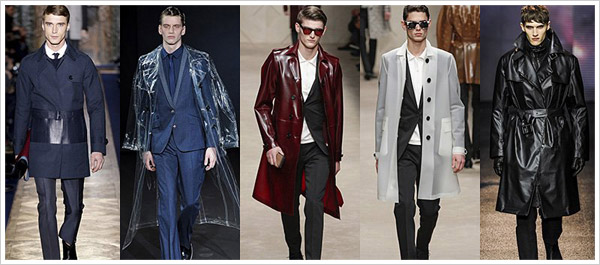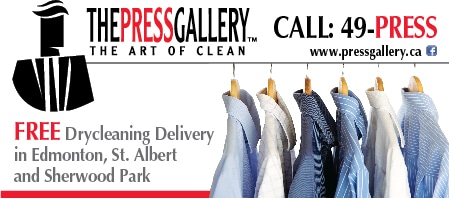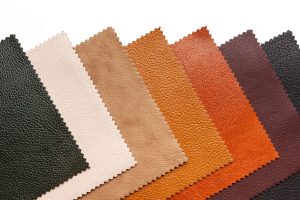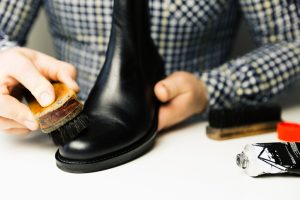Caring Tips for Raincoats
As those April showers head our way, months-long-forsaken raincoats are being pulled out of the closet to be used once again. But raincoats aren’t just for spring anymore, they are multifunctional garments that protect you from the rain, keep you warm on cool days, and can even be worn with evening wear.
Raincoats come in a variety of fabrics including brushed cotton, water-repellent wool gabardines, blends of polyester and rayon, cotton and wool, and even coated velvets. The traditional yellow raincoat is no longer the norm as prints, plaids, vibrant colours, subdued colours, even combinations of designs and colours appear on the scene. In addition, raincoats today frequently sport trims of fur, suede, corduroy or other decorative fabrics.
As with any garment, raincoats have special cleaning needs. In the next few paragraphs, we will take a look at proper care procedures that will keep your raincoat looking great.
Brushed cotton is frequently used on raincoats to create a softer, more natural look. Brushed fabrics of this type tend to show abrasion more readily during wear than the more traditional tightly woven, smooth cotton or cotton blend fabrics. In particular, areas around the collar, cuffs, elbows and seams may develop chafed or light areas with continued use. The localized wear may appear more prominently on darker colours. This is a subtle condition that develops as the item is worn, but may become more evident after the garment is cleaned and the soil removed.
Many of the brightly coloured cottons used in rainwear contain dyes and finishes that are not totally resistant to dry-cleaning, producing a fading or dulling of the colour when the article is dry cleaned. Rainwear fabrics fall under the Care Label Rule and, therefore, should contain dyes and colours that are resistant to the suggested care procedure on the label. If the colours are not resistant, the rainwear should be returned to the retailer for an adjustment or replacement. The use of non-colourfast dyes in garments continues to be one of the major defects found in items that are routinely brought in to dry cleaners. If you are looking for a premier and reputable dry cleaner in Edmonton check out leather cleaning Edmonton.
Most raincoats go through the “waterproofing” process during manufacture, in which a rubber coating is applied to the reverse side of the coat. Rubberized materials generally do not respond well to dry-cleaning, and such materials may need to be wetcleaned. Some rainwear with rubberized backings mistakenly have dryclean labels. Dry-cleaners will be reluctant to dryclean such an article, and may request the customerís permission to use a wet cleaning process instead. Even with wetcleaning, the colorfastness of the cloth fabric must be taken into consideration before the article is cleaned.
Rainwear is often made more fashionable by treating the outer fabric with urethane coating, giving the garment a very smooth, slick leather-like appearance. These coatings are often hard to distinguish from real leather unless extensive testing is done.
Some of these coatings are attached to the fabric with adhesives that are resistant to dry cleaning procedures, and may result in may result in bubbling, blistering and peeling of the film. In some cases, this problem starts to develop from wear around the collar, cuffs, and pocket edges even before the cleaning. Some urethane films are very thin and are known to have limited abrasive resistance. These films may start to separate and break up around the collar area from the effects of perspiration and body oils that have remained on the fabric for an extended period of time. For this reason, periodic cleaning of rainwear is advisable.
Many cloth combinations are used in making raincoats, and these fabrics are often treated with water repellent finishes. The water repellent finish is different from the waterproofing previously described. Water repellent finishes usually have a degree of permanency that will withstand several dry-cleanings. In some cases, however, the water repellent finish breaks down, sometimes during the third or even later cleanings. If this occurs, the rainwear will need to be retreated by the cleaner who has special equipment for applying water-repellent finishes.












